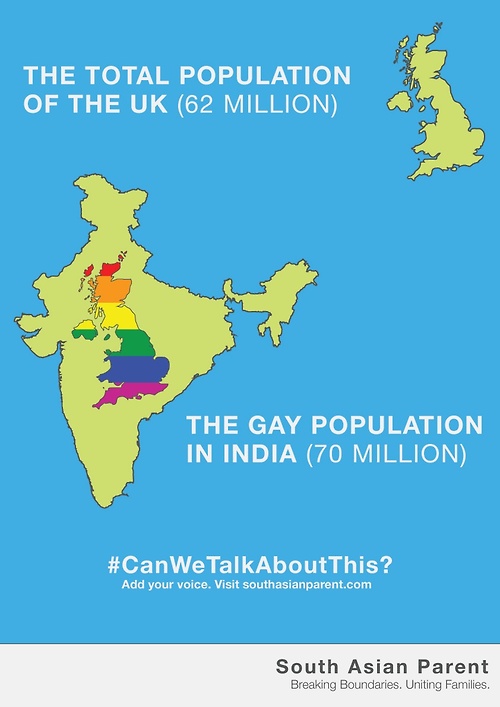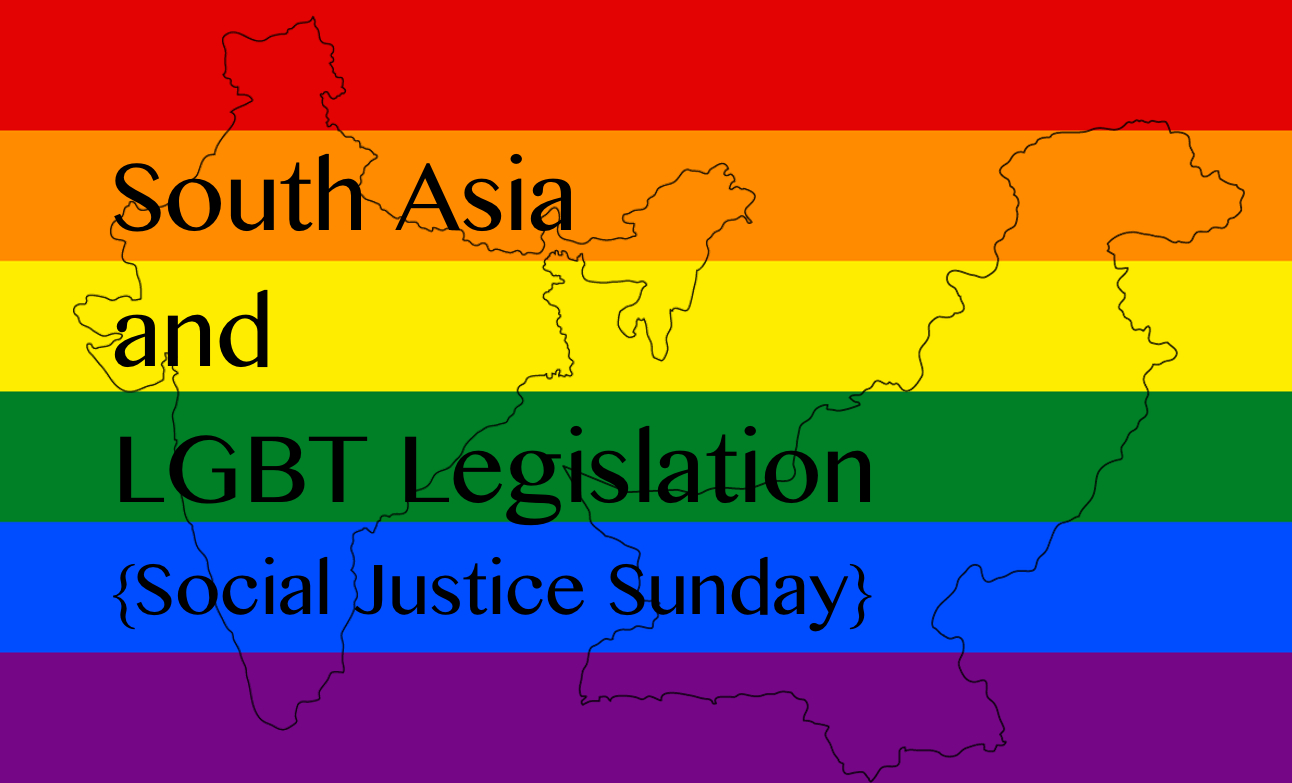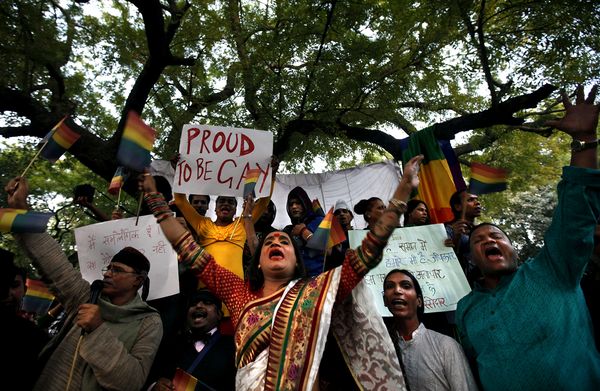For this first National Pride Month we had a lot to celebrate:
- Last June DOMA was struck down
- 10 more states have legalized gay marriage (I see you Pennsylvania, Illinois, Oregon, Hawaii, Delaware, Rhode Island, Minnesota, New Jersey, California (again), and New Mexico) bringing the grand total to 19 states
- Michael Sam, the first out player, got drafted to the NFL
- Laverne Cox, trans goddess, appeared on the cover of Time magazine
- Medicare now covers trans surgeries
- Title IX now extends to trans students
- And Harvey Milk has finally been immortalized on a US postal stamp!
But for all the progress we have made in the United States for LGBT rights, the Motherland remains painfully behind. In India, same-sex relationships, considered an ‘Unnatural Offense,’ have been illegal since 1860 under Section 377 of the Indian Penal Code and the rate of violence against the LGBT community remains high in both Pakistan and India.
In 2009, in the landmark case Naz Foundation v. Govt. of NCT of Delhi, the Delhi High Court ruled Section 377, which prohibited same-sex relationships, and all other legal prohibitions against non-commercial consensual adult same-sex activities to be unconstitutional. On December 11th, 2013, the Supreme Court of India upheld the primacy of section 377 and overturned this ruling. One step forward and one step back.
Many many other commentators have said it before, but it’s worth saying again – before the British came, India had no conception of anti-gay culture let alone legislation. Vedic statues and writing in the Kama Sutra all depict same-sex relationships as normal and place them alongside heterosexual relationships. But when the conservative (read: unmoving, uptight, and close-minded) Victorians came, they established the same destructive laws they had back home. They even placed their anti-LGBT laws alongside anti-bestiality laws in Section 377, as though they’re the same thing.
The question remains then why hasn’t the Indian law prohibiting same-sex relationships changed since 1860? You would think after 150 years, something would need updating. The major opponents to gay rights in India belong to conservative Hindu groups (a major irony since the relationship between Vishnu and Shiva wasn’t always so brotherly and Shiva is often described as part man and part woman).

Daily, Desis in the Motherland suffer tremendously for their gender identity and their sexual orientation. The focus on religion and family in both India and Pakistan usually relegates non-gender conforming and gay Desis to undesirable parts of the social hierarchy – unmarried men become targets for village persecution, women are sometimes forced into marriage, and those recognized as the ‘third gender’ (trans people) are often ousted from their homes.
In other parts of South Asia, LGBT people don’t fair too much better. With the exception of Nepal which has recognized same-sex relationships, has ruled that anti-discrimination laws apply to homosexual people, and allows gays to serve openly in its military, gay rights are practically nonexistent in the region. In South Asia, same-sex relationships can incur lifetime imprisonment and fines and gay marriage is a far distant dream. Trans rights are a little better as Bangladesh, alongside India, Pakistan, and Nepal, also recognizes the existence of the ‘third gender.’
Trans rights in South Asia are developing slowly. For many years, Hijras (the male to female transgenders who have been inherent to South Asian culture for centuries) were barred from receiving recognition by the state and did not have access to safe medical facilities. Their social marginalization forced them into sex work and other dangerous activities. According to the International Aids Society, 45-50% of Hijras in India suffer from HIV/AIDS.
In April of this year, the Supreme Court of India determined Hijras to be a ‘backwards class’ and therefore able to receive the social and economic benefits of the affirmative action programs that worked to support backwards classes and scheduled castes. Pakistan preceded India’s ruling with their own in 2009 which determined that Hijras, as citizens of the state, were entitled to protection under Pakistani law. Pakistan’s chief justice Iftikhar Chaudhry championed the cause of Pakistan’s trans community and orchestrated major extensions of their rights during his term.
The lives of Hijras in South Asia are slowly improving, though not at a pace any of us have patience for. Gay people of all genders are also slowly winning what they deserve – the unrest after the Supreme Court of India overturned the Naz ruling was palpable and I envision Section 377 will be contested again soon enough.
The world is changing its mind about lesbian, gay, bisexual, and transgender people (maybe soon it will create room for questioning, intersex, and asexual/aromantic people as well). To toast our inevitable future, I leave you with a hilarious video of Bollywood heartthrob Imran Khan showing you just how ridiculous Indian homophobia is:
To the long march forward!


